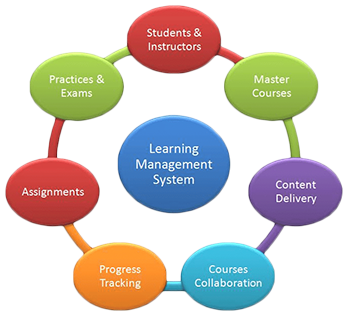 A wise humanities faculty member once said to me, “Please no more talk about academic innovation. Instead, let’s talk about good maintenance and upkeep.”
A wise humanities faculty member once said to me, “Please no more talk about academic innovation. Instead, let’s talk about good maintenance and upkeep.”
I think the next iteration of online and hybrid education should follow such an approach. It’s time to move away from the debate about whether it’s worse or better than x or y or it is/was/will be an over-hyped failure or a massive sea change. It’s here. It’s staying. Let’s make the most of it.
Thus far, online learning has largely appealed to innovators and early adopters who enjoy experimentation and view these classes as an act of love. As a result, many online courses are at least equivalent and often superior to face-to-face classes. However, there is the danger that as online learning becomes more pervasive, average quality will decline, mimicking the unevenness we see in face-to-face classrooms.
We can do better, and should.
Online learning offers an opportunity to reinvent our classes more intentionally, incorporating what we have learned from the learning sciences. We can make learning outcomes more explicit, design activities aligned with our learning goals, and create assessments that truly measure student achievement.
Higher education is undergoing a paradigm shift. Let’s seize this chance to bring our courses to a higher level.
Read Steven Mintz‘s piece in full at Inside Higher Ed.







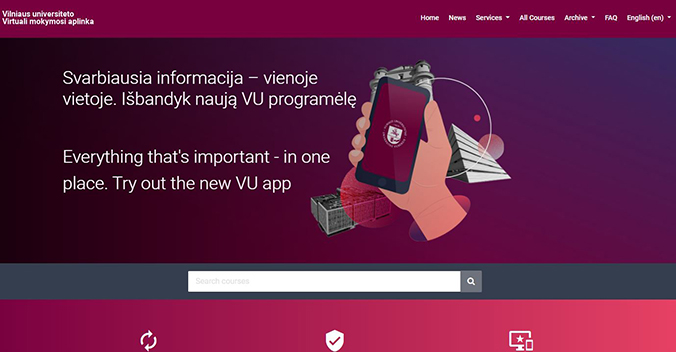


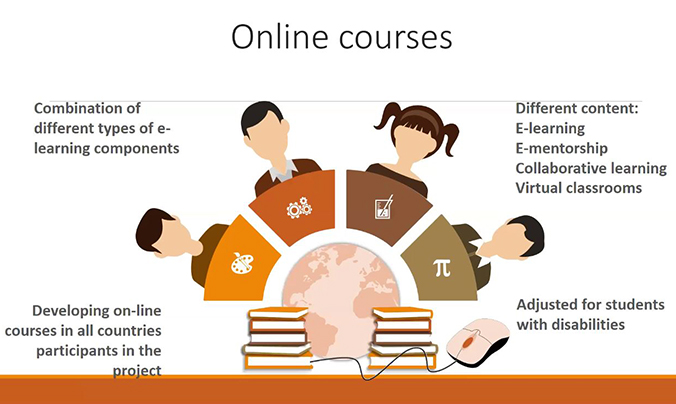






 The second transnational meeting for the FAST (Fostering Accessible Study Technologies: Accessible Learning Management System in Humanities and Social Sciences) project was officially to be held on April 16th and 17th in Aveiro, Portugal.
The second transnational meeting for the FAST (Fostering Accessible Study Technologies: Accessible Learning Management System in Humanities and Social Sciences) project was officially to be held on April 16th and 17th in Aveiro, Portugal.
 “The New Accessibility: Students With Disabilities and Access to Technology” is Inside Higher Ed’s latest compilation of incisive and practical articles.
“The New Accessibility: Students With Disabilities and Access to Technology” is Inside Higher Ed’s latest compilation of incisive and practical articles. Implementing the principles of universal design in online learning means anticipating the diversity of students that may enroll in your course and planning accordingly. Designing a course with principles of universal design in mind is an ongoing and creative process. One does not achieve the level of usability aspired to with a simple checklist, but with an open mind and a commitment to making design and inclusion a priority.
Implementing the principles of universal design in online learning means anticipating the diversity of students that may enroll in your course and planning accordingly. Designing a course with principles of universal design in mind is an ongoing and creative process. One does not achieve the level of usability aspired to with a simple checklist, but with an open mind and a commitment to making design and inclusion a priority. “Educational publishers such as Cengage, McGraw-Hill and Pearson are investing heavily in digital courseware — interactive, personalized course content that aims to improve the learning experience.
“Educational publishers such as Cengage, McGraw-Hill and Pearson are investing heavily in digital courseware — interactive, personalized course content that aims to improve the learning experience. Moodle, the popular learning management system (LMS), has revolutionized education. Instructors can create online classes for anywhere, anytime learning; add assessments and activities; track student progress; calculate grades; and more. Students can access resources, complete assignments, and communicate with classmates and instructors—all from a single digital platform. This course demonstrates how instructors can get started using Moodle 3.8, including newer features such as forum enhancements.
Moodle, the popular learning management system (LMS), has revolutionized education. Instructors can create online classes for anywhere, anytime learning; add assessments and activities; track student progress; calculate grades; and more. Students can access resources, complete assignments, and communicate with classmates and instructors—all from a single digital platform. This course demonstrates how instructors can get started using Moodle 3.8, including newer features such as forum enhancements. Technology has changed the nature of education—and the jobs of educators. Online instruction requires different methods to help students learn. This course is designed to help corporate trainers and teachers update their skill sets to teach effectively online.
Technology has changed the nature of education—and the jobs of educators. Online instruction requires different methods to help students learn. This course is designed to help corporate trainers and teachers update their skill sets to teach effectively online. Accessibility is no longer just a “nice to have”, but is best practice for learning management systems – and in some cases, even required for compliance. Accessibility has gone beyond the physical classroom or workplace. Thanks to greater education, awareness, and legal requirements, it’s become increasingly important for schools, universities, and organizations to improve accessibility to their websites, apps, and LMS platforms.
Accessibility is no longer just a “nice to have”, but is best practice for learning management systems – and in some cases, even required for compliance. Accessibility has gone beyond the physical classroom or workplace. Thanks to greater education, awareness, and legal requirements, it’s become increasingly important for schools, universities, and organizations to improve accessibility to their websites, apps, and LMS platforms. “Accessibility is a key component of every piece of a course. All students, regardless of background or ability, should have equal access to education. Accessibility differs from accommodation in that accessibility is pro-active, while accommodations are reactive. Sometimes, accommodations are the best option; but many things can be made accessible in advance, making coursework smoother and easier for all students. These guides cover a wide variety of topics, from the importance of web accessibility to specific, technical steps that can be taken to improve the quality of your text, images, and media. Accessible design is good design for all students.”
“Accessibility is a key component of every piece of a course. All students, regardless of background or ability, should have equal access to education. Accessibility differs from accommodation in that accessibility is pro-active, while accommodations are reactive. Sometimes, accommodations are the best option; but many things can be made accessible in advance, making coursework smoother and easier for all students. These guides cover a wide variety of topics, from the importance of web accessibility to specific, technical steps that can be taken to improve the quality of your text, images, and media. Accessible design is good design for all students.” “This paper explores the current rising rates of online learning in higher education. It examines how disability is activated differently online and the impact of this on learning and teaching through the internet and the accessibility of two of the most popular learning management systems, Blackboard and Moodle, and the different approaches, benefits and problems associated with each system. It then explores the eLearning environment beyond the structure of a LMS to a broader digital campus that includes social networks, video hosting sites and micro blogging, where students and staff are increasingly expanding the learning and social environment in higher education. It also questions the legal and moral responsibilities of universities to make all their online activities accessible to all students, regardless of disability.”
“This paper explores the current rising rates of online learning in higher education. It examines how disability is activated differently online and the impact of this on learning and teaching through the internet and the accessibility of two of the most popular learning management systems, Blackboard and Moodle, and the different approaches, benefits and problems associated with each system. It then explores the eLearning environment beyond the structure of a LMS to a broader digital campus that includes social networks, video hosting sites and micro blogging, where students and staff are increasingly expanding the learning and social environment in higher education. It also questions the legal and moral responsibilities of universities to make all their online activities accessible to all students, regardless of disability.”


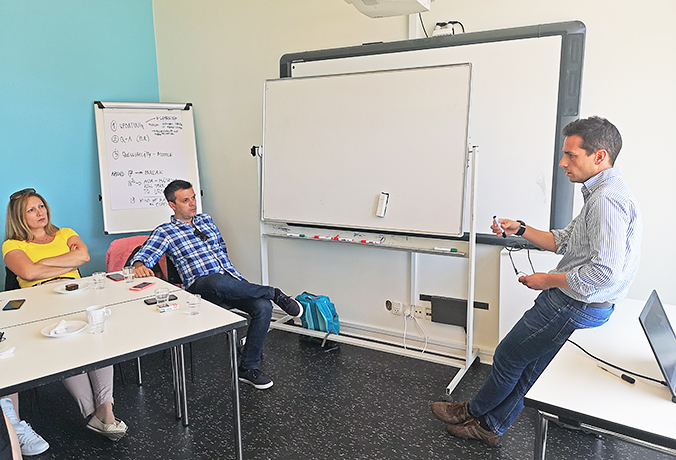



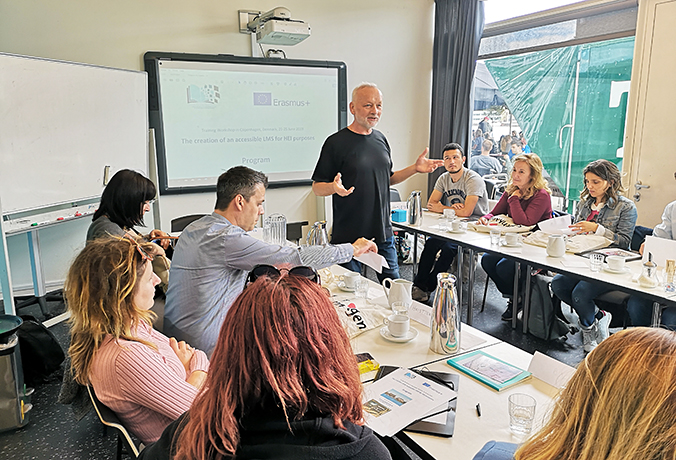
 Moodle, the popular learning management system (LMS), has revolutionized education. Instructors can create online classes for anywhere, anytime learning; add assessments and activities; track student progress; calculate grades; and more. Students can access resources, complete assignments, and communicate with classmates and instructors—all from a single digital platform. This course demonstrates how instructors can get started using Moodle 3.6, including new features such as messaging with audio and images.
Moodle, the popular learning management system (LMS), has revolutionized education. Instructors can create online classes for anywhere, anytime learning; add assessments and activities; track student progress; calculate grades; and more. Students can access resources, complete assignments, and communicate with classmates and instructors—all from a single digital platform. This course demonstrates how instructors can get started using Moodle 3.6, including new features such as messaging with audio and images. Learning management systems are transforming the way companies train their workers and the way teachers educate their students. Administrators can assign and grade work online. Users can access content and resources anytime, inside or outside the classroom or office. A learning management system (LMS) can also improve communication, help you track progress, and reduce costs. If you’re considering an LMS for your company or school, this is the course for you.
Learning management systems are transforming the way companies train their workers and the way teachers educate their students. Administrators can assign and grade work online. Users can access content and resources anytime, inside or outside the classroom or office. A learning management system (LMS) can also improve communication, help you track progress, and reduce costs. If you’re considering an LMS for your company or school, this is the course for you. Do all students have equal access to the learning resources and opportunities in your classroom? Learn to provide accommodations to make learning accessible to students with disabilities and meet the compliance for digital learning.
Do all students have equal access to the learning resources and opportunities in your classroom? Learn to provide accommodations to make learning accessible to students with disabilities and meet the compliance for digital learning.



 A wise humanities faculty member once said to me, “Please no more talk about academic innovation. Instead, let’s talk about good maintenance and upkeep.”
A wise humanities faculty member once said to me, “Please no more talk about academic innovation. Instead, let’s talk about good maintenance and upkeep.”
 “Imagine you are in your first year of college sitting in your Introduction to Psychology course and the instructor directs the students to a document that is on their computers. When visually impaired, you are not able to read the document. You are immediately put at a distinct disadvantage versus your peers, moreover your education is being diminished, due to your accessibility to the material being limited.
“Imagine you are in your first year of college sitting in your Introduction to Psychology course and the instructor directs the students to a document that is on their computers. When visually impaired, you are not able to read the document. You are immediately put at a distinct disadvantage versus your peers, moreover your education is being diminished, due to your accessibility to the material being limited.



 The first intellectual output within the FAST project (December, 2018 – April, 2019) will result in the creation of a methodological framework for an accessible Learning Management System in Humanities and Social Sciences.
The first intellectual output within the FAST project (December, 2018 – April, 2019) will result in the creation of a methodological framework for an accessible Learning Management System in Humanities and Social Sciences.
 The first step – to the surprise of no one familiar with how higher ed works – was to consult faculty members, who interact with the LMS on a daily basis. This Giering launched a series of focus groups, for which she expected a handful of attendees. “A ton of faculty” – far more than she expected – showed up each time, she said, demonstrating the widespread enthusiasm for taking a fresh look at the LMS.
The first step – to the surprise of no one familiar with how higher ed works – was to consult faculty members, who interact with the LMS on a daily basis. This Giering launched a series of focus groups, for which she expected a handful of attendees. “A ton of faculty” – far more than she expected – showed up each time, she said, demonstrating the widespread enthusiasm for taking a fresh look at the LMS. While building on and trying to improve the (mostly) negative experiences concerning LMS usage, accessibility and interoperability in Macedonian Higher Education, we aim to establish operational compatibility with several fresh developments and initiatives at the Faculty of Philosophy and at the University in general: the
While building on and trying to improve the (mostly) negative experiences concerning LMS usage, accessibility and interoperability in Macedonian Higher Education, we aim to establish operational compatibility with several fresh developments and initiatives at the Faculty of Philosophy and at the University in general: the 

